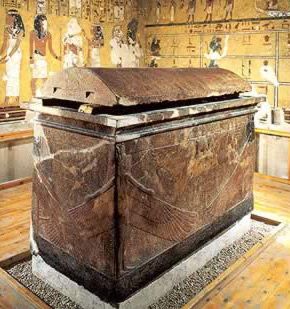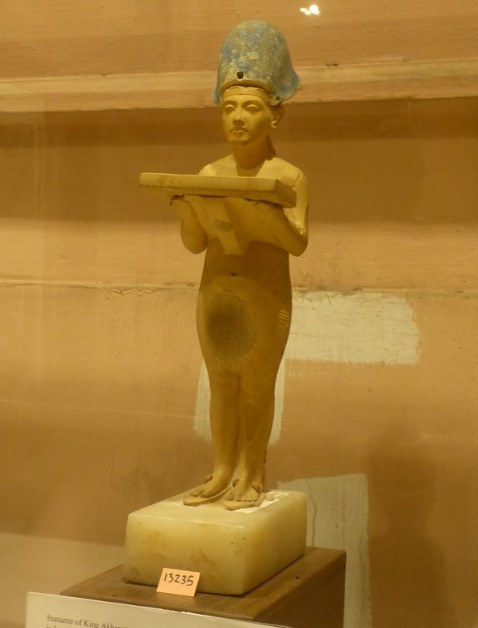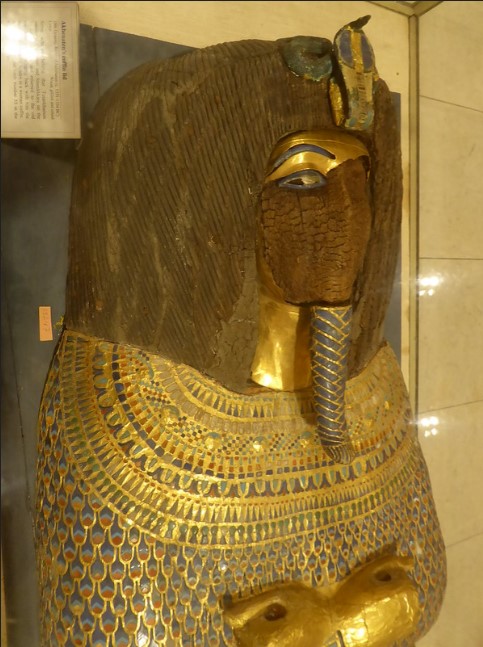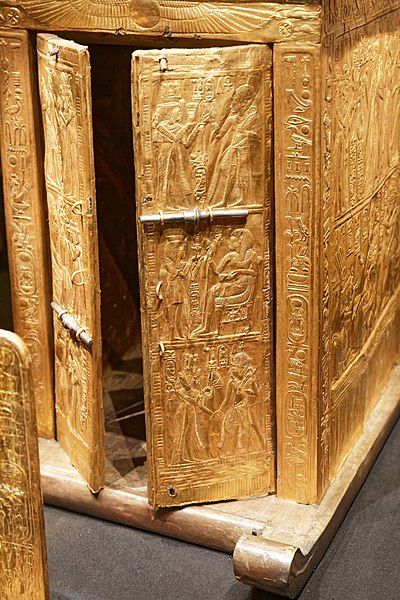Tomb KV55 in Egypt’s Valley of the Kings: Unveiling Its Secrets

The coffin was found in the mysterious KV 55 in poor condition with all inscriptions erased along with the face ripped from the coffin, an act intended to condemn the occupant in the afterlife rather than an attempt at plunder. The coffin appears to have been made originally for a queen, but adapted for a pharaoh (with added uraeus cobra and beard), thus it is believed Tutankhamun used it to rebury his father after Amarna was abandoned (and his original tomb likely plundered).

The tomb also contained part of the shrine of Akhenaten’s mother, Queen Tiye but her body was found elsewhere, possibly she was once reburied here too but likely removed when the tomb was rediscovered during the late Ramesside period when it is considered the defacement of the coffin likely occured (Akhenaten was cursed and consigned to oblivion by his successors).
Akhenaten’s reign is marked by a radical break with Egypt’s ancient religion, the pharaoh abandoned the multitude of traditional gods in favour of a single deity, the Aten, the life giving sun-disc.

The seat of power was moved to Akhetaten (now El Amarna), a new city was built on a desert site, chosen for its proximity to a geographical feature that appeared to enfold the rising sun, and established to cement Egypt’s revolution away from the priests and cult centre of Thebes. The city was named ‘Akhetaten’ and served as the cult centre of the pharaoh’s new religion with himself as the chief intermediary of the new god. Akhenaten is often celebrated as one of history’s earliest monotheistic rulers.

Akhenaten’s religious revolution did not last beyond him and the old order was restored under his son and successor Tutankhamun. Most of his monuments were thoroughly destroyed to eradicate his memory under later pharaohs, believing Akhenaten had offended the gods by denying them.
